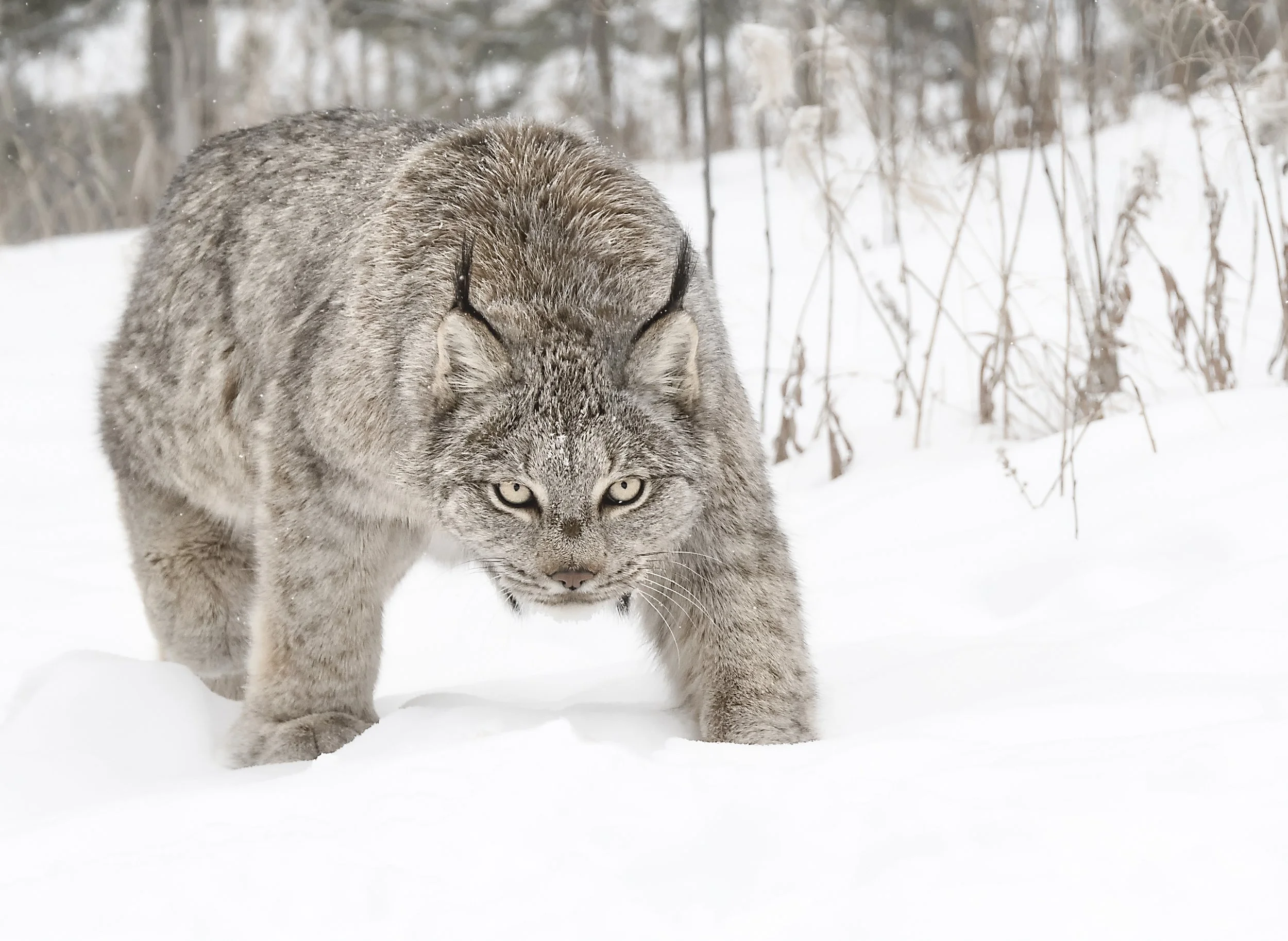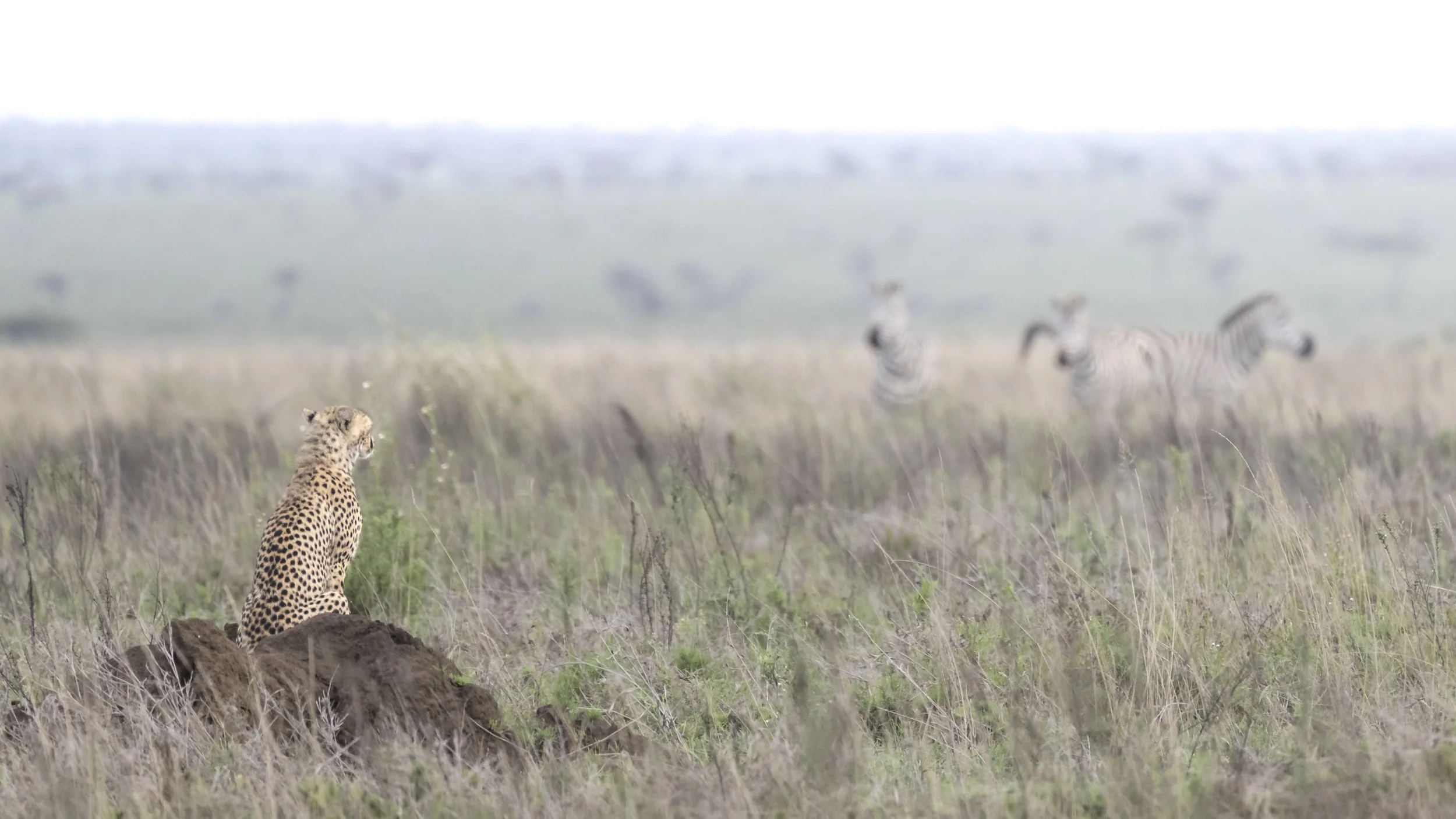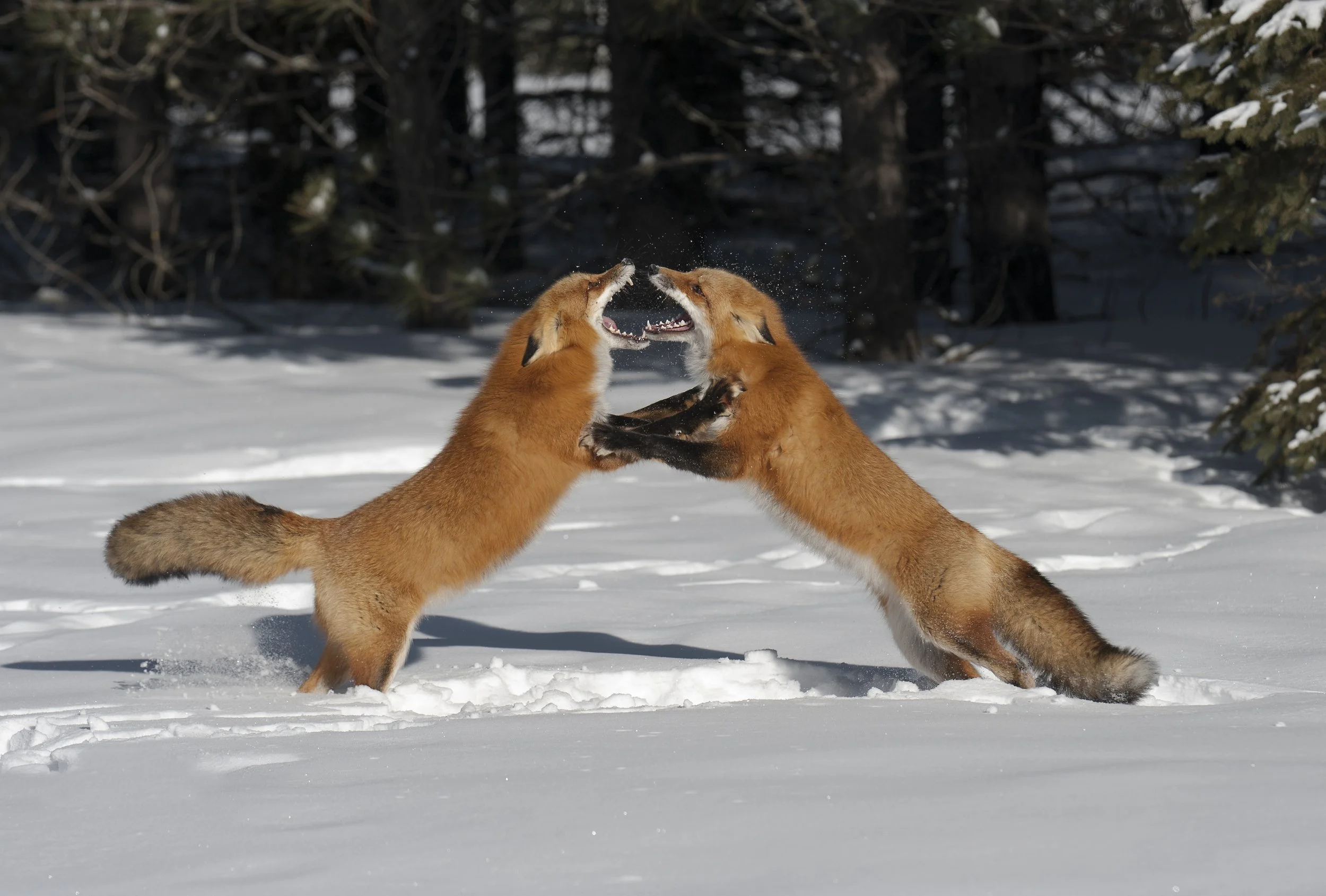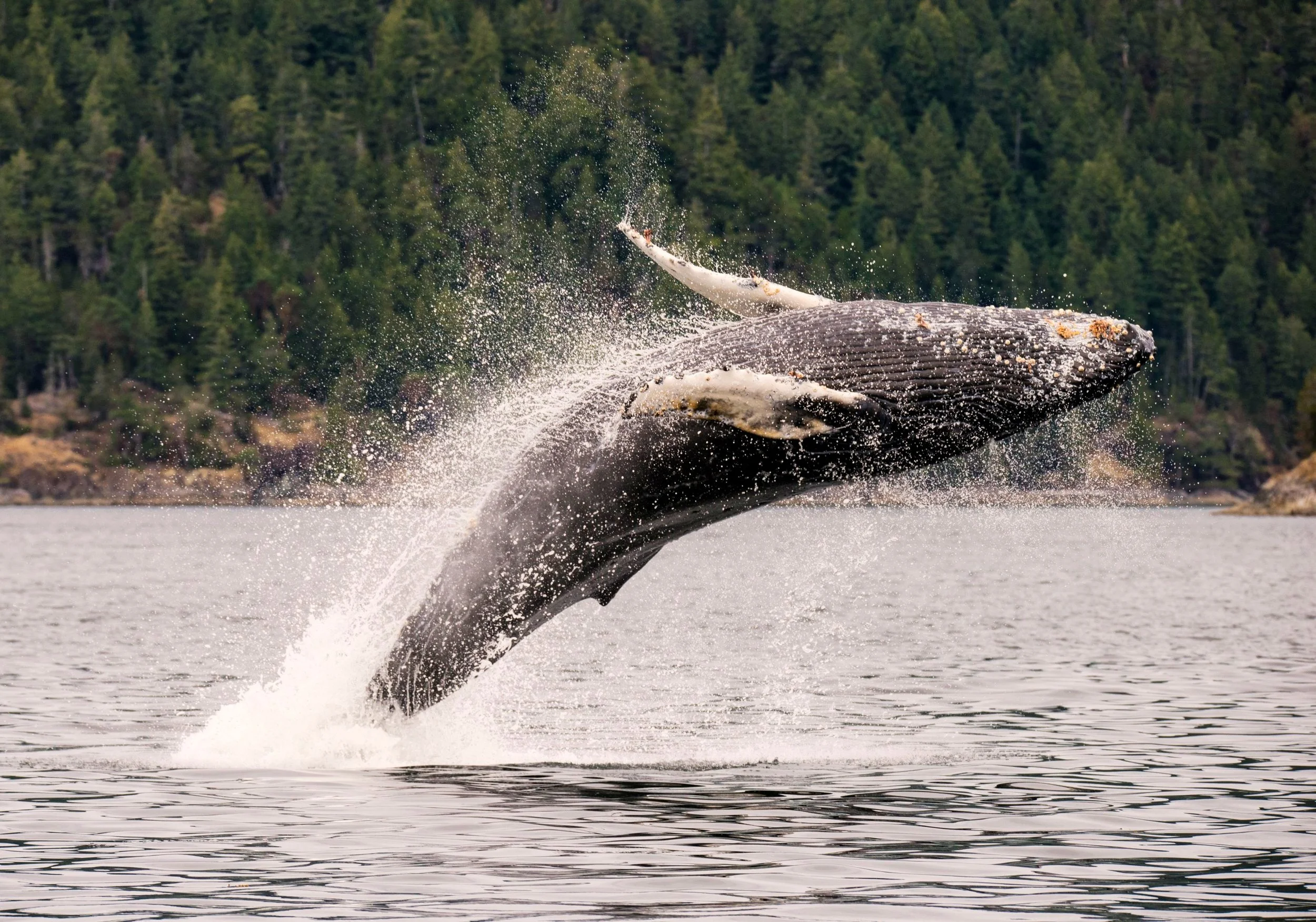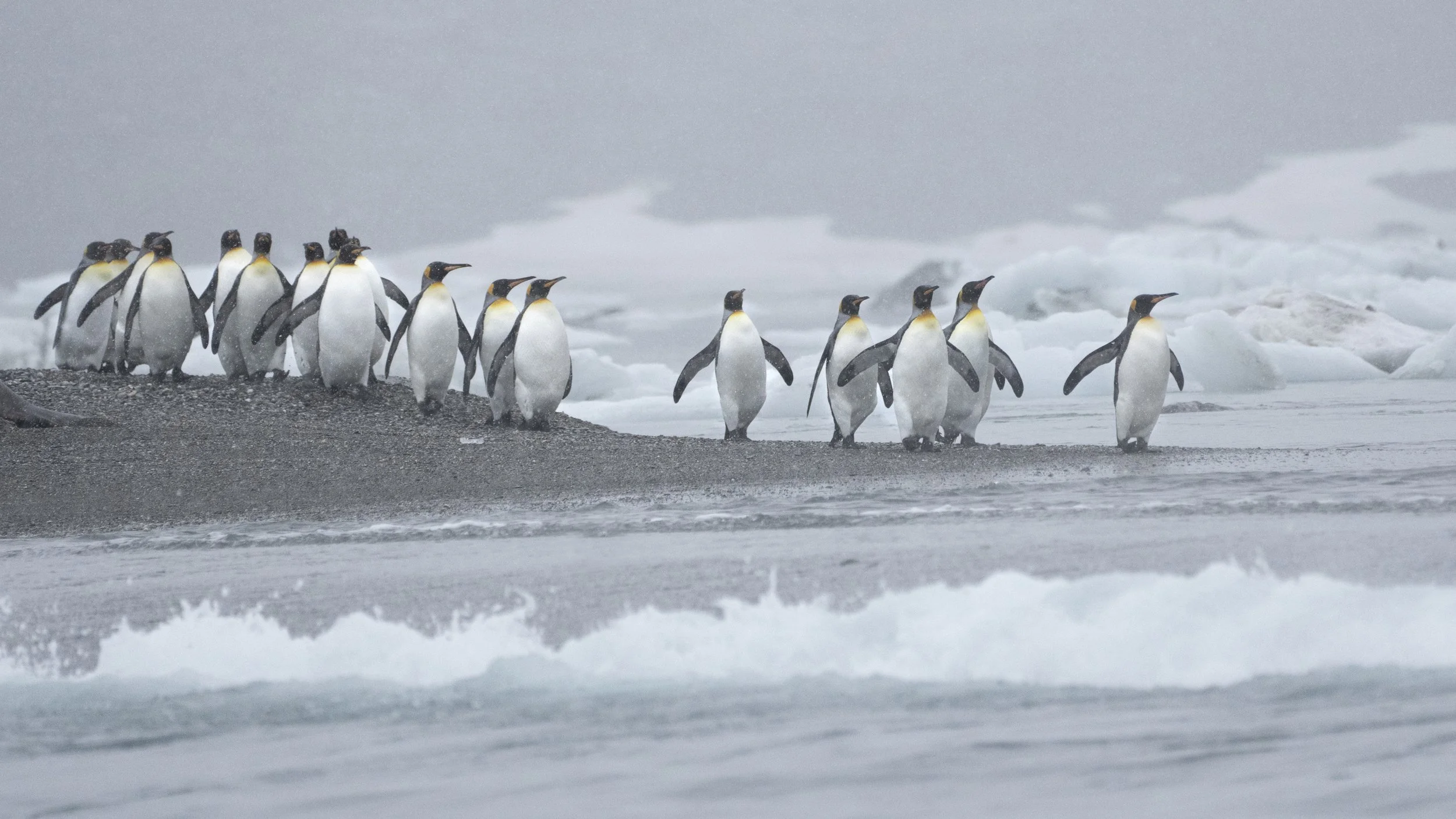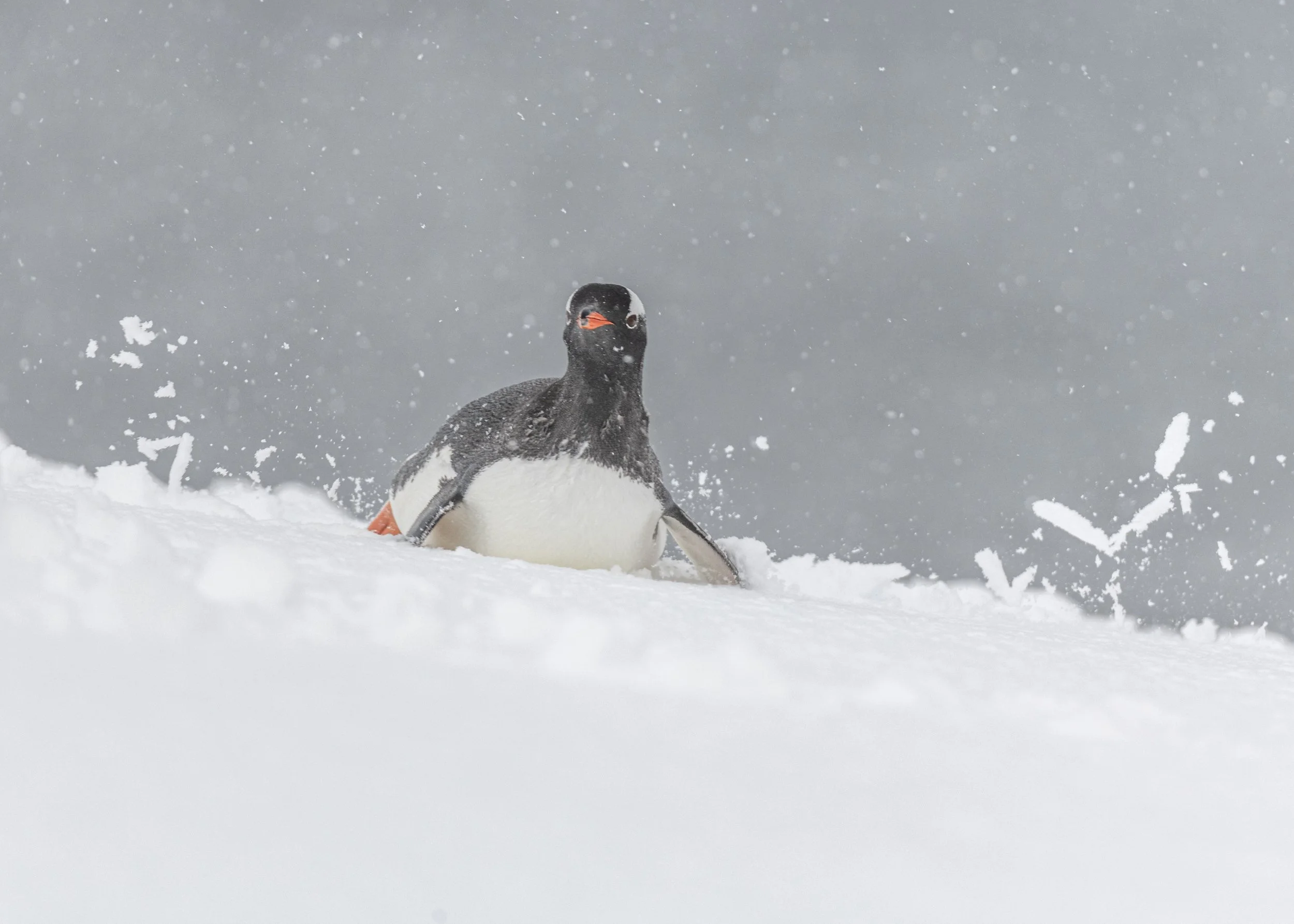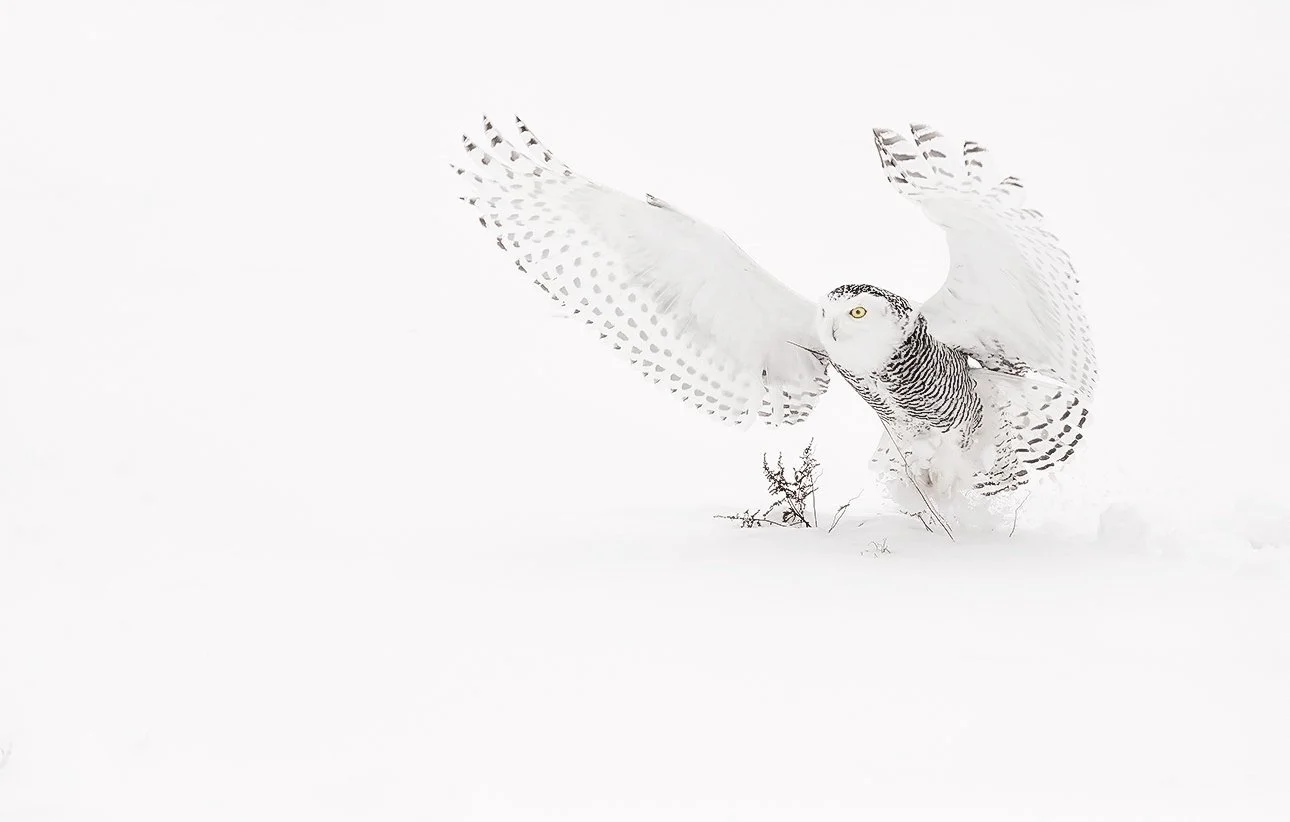Ten Tips To Help Wildlife Photographers Create Emotions In Their Photographs
Creating emotions in wildlife photography involves capturing moments that evoke feelings and connections with the animals and their environments. Here are some easy tips to consider that will help you achieve that:
Patience and Observation: Observe the wildlife you encounter to understand their behaviour and habits. Patience is crucial in capturing those fleeting moments when emotions are most vivid. Take some time to observe and learn about the species you will photograph before you look at them through your lens.
Focus on Expression: Look for moments when animals display emotions such as joy, curiosity, fear, or affection. These expressions can be found in their eyes, body language, and interactions with each other.
Tell a Story: Aim to capture images that tell a story or convey a narrative for the people who are not there with you. This could involve showing relationships between animals, their struggles for survival, or moments of tenderness and nurturing.
Composition and Lighting: Pay attention to composition and lighting to enhance the emotional impact of your photos. Consider factors such as the framing of the animal in your image, your perspective, and the use of natural light to create mood and atmosphere. Consider back and side lighting versus always having the sun at your back.
Hide your Presence: Respect their space and behaviour, and approach them with empathy and understanding. Your presence will change their behaviour. Once they are worried about your presence, you may lose the ability to capture authentic emotions. Consider using a blind or a vehicle to cancel your presence.
Use of Color and Contrast: Experiment with colour and contrast to evoke emotions in your photos. Vibrant colours can convey energy and vitality, while muted tones can evoke a sense of calm or melancholy.
Capture Action and Movement: Action-packed shots can evoke emotions, from excitement to tension. Be ready to capture moments of movement and activity that reveal the dynamic nature of wildlife. This will require being ready with a faster shutter speed being set on your camera in advance of any such action occurring.
Include the Environment: Incorporate the animals' natural surroundings into your photos to provide context and depth. The environment can add to the emotional impact of the image and help tell a more complete story.
Experiment with Different Perspectives: Explore different angles and perspectives to add visual interest and evoke emotions. This could involve getting down to eye level with your subject or capturing them from above to show their relationship with the landscape.
Post-Processing: Use post-processing techniques to enhance the mood and emotion of your photos. This could involve adjustments to contrast, saturation, and lighting, as well as creative editing techniques to add depth and drama. That's a blog post in itself. LOL
By applying these tips and techniques, you can create wildlife photos that not only showcase the beauty of nature but also evoke emotions and connections with your audience.
We teach these tips on our wildlife photography workshops. Please consider joining us on an Akari Photo Tours wildlife workshop.

